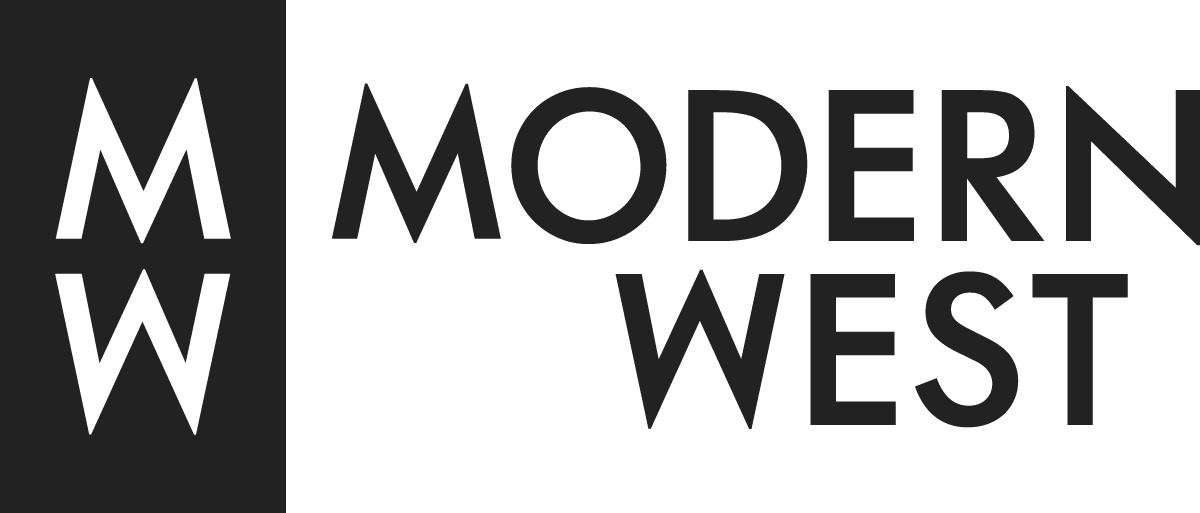
Consider | Leah Ollman
At first, they would seem to be opposites, graft and fray.
One, the horticultural process Jim Jacobs has adapted to his sculptural practice, and the other, the title he chose for this exhibition.
Graft, a matter of coming together. Fray, of coming apart.
But Jacobs's work embodies and enacts countless transformations, and one of the most vital is the change in the way we perceive contrary states and elements. Opposites can and do co-exist. They might--as they do in these sculptures--even become allies, co-conspirators in undermining the grand over-simplification of life.
Jacobs revels in "the idea of same and different, both at the same time, and both in the same piece." The complexity appeals to him, he says, especially at a time when we are too often tempted to reduce things to black and white. While his work doesn't present overtly as political or social commentary, it does register a degree of dismay. Jacobs is addressing unity and division not only as it pertains to wood.
Consider "Exchange," with its two standard student desks facing each other, facing off. The writing surfaces split into sprays of slender rods that reach across to penetrate and overtake the opposing occupant's space. An elegantly distilled metaphor for something less than true exchange, something less generous, more aggressive, and more true to our polarized moment.
Things come together, things come apart.
Everywhere in these sculptures, things transform.
A solid surface turns porous. Planes disperse into line. Raw material gives way to the honed and crafted. Rough turns smooth. Order shreds into chaos. The organic morphs into the geometric or vice versa. Static and dynamic oscillate.
Things come together, things come apart.
The seam, where a graft occurs or an object frays, carries a quiet charge. Jacobs neither conceals nor accentuates that junction, "the transition, where the meeting takes place," but it's a space that fascinates him.
It's where assumptions falter.
A chair's promise of support proves false.
Where the familiar elides into the unfamiliar, the unexpected and uncharacteristic.
A baseball bat's latent energy explodes it, not violently into splinters but lyrically, into a
calligraphic tangle.
Where the common turns strange and unsettling.
A twig sprouts hair, the hair falls like water.
Where the sober and straightforward turn devious, playful, self-cancelling.
Branches become possessed prosthetics, tools that inscribe their own story, or attempt
to unpeel their own skin.
At that seam, fragments yearn toward wholeness, and wholeness breaks free into its constituent fragments.
Wood that's been altered, made purposeful, makes contact with its native state, full of its own manifold purpose.
The inanimate verges on animate, animal.
Subversion happens everywhere in this work, on the surface and beneath it. In many of the sculptures, function gets undermined--but new function emerges, less literal than symbolic. Ordinary coat hangers support coats. These hangers are ingeniously crafted to support propositions, provocations, wry humor, poetic conceits. Doubt, too, has a useful function, necessary as any household furnishing.
Things come together, things come apart.
Same and different, both at the same time.
In these works, Jacobs champions simultaneity as an authentic, fundamental aspect of human experience. Simultaneity can be confusing, and can raise more questions than it answers. Can something be natural and unnatural at once? How can continuity be so indistinguishable from discontinuity? Can belonging be engineered? Where does the artist's own agency end and the material's begin?
Jacobs reaches for the term paradox when discussing the spirit of his work, the yes, both, and of it.
Graft. Fray.
Things come together, things come apart, and things change.
Nothing is as fixed as we imagine it, and our myths about having control over the world could stand some dismantling. Jacobs uses wood, wonder, grace and so much more to nudge us away from the paradise we think we want, toward the paradox that is always ours, always us.
Leah Ollman has been writing criticism and features about art for the Los Angeles Times and Art in America for more than 30 years. She has written essays for books on William Kentridge, Alison Rossiter, Julie Blackmon, Michael Light, Michal Chelbin, John Brill, Christine Corday and others, and contributed to numerous exhibition catalogues. Her articles and reviews have also appeared in such publications as The Brooklyn Rail, Sculpture, Paris Review Daily, Contemporary Art Review Los Angeles (CARLA), Photograph, Art in Print, History of Photography, ARTnews, Art on Paper and American Craft. She earned her M.A. in Art History from the Institute of Fine Arts, New York University, and graduated Phi Beta Kappa from Scripps College with a joint degree in Art History and Philosophy. She is currently at work on a book exploring the intersection of poetry and photography.

